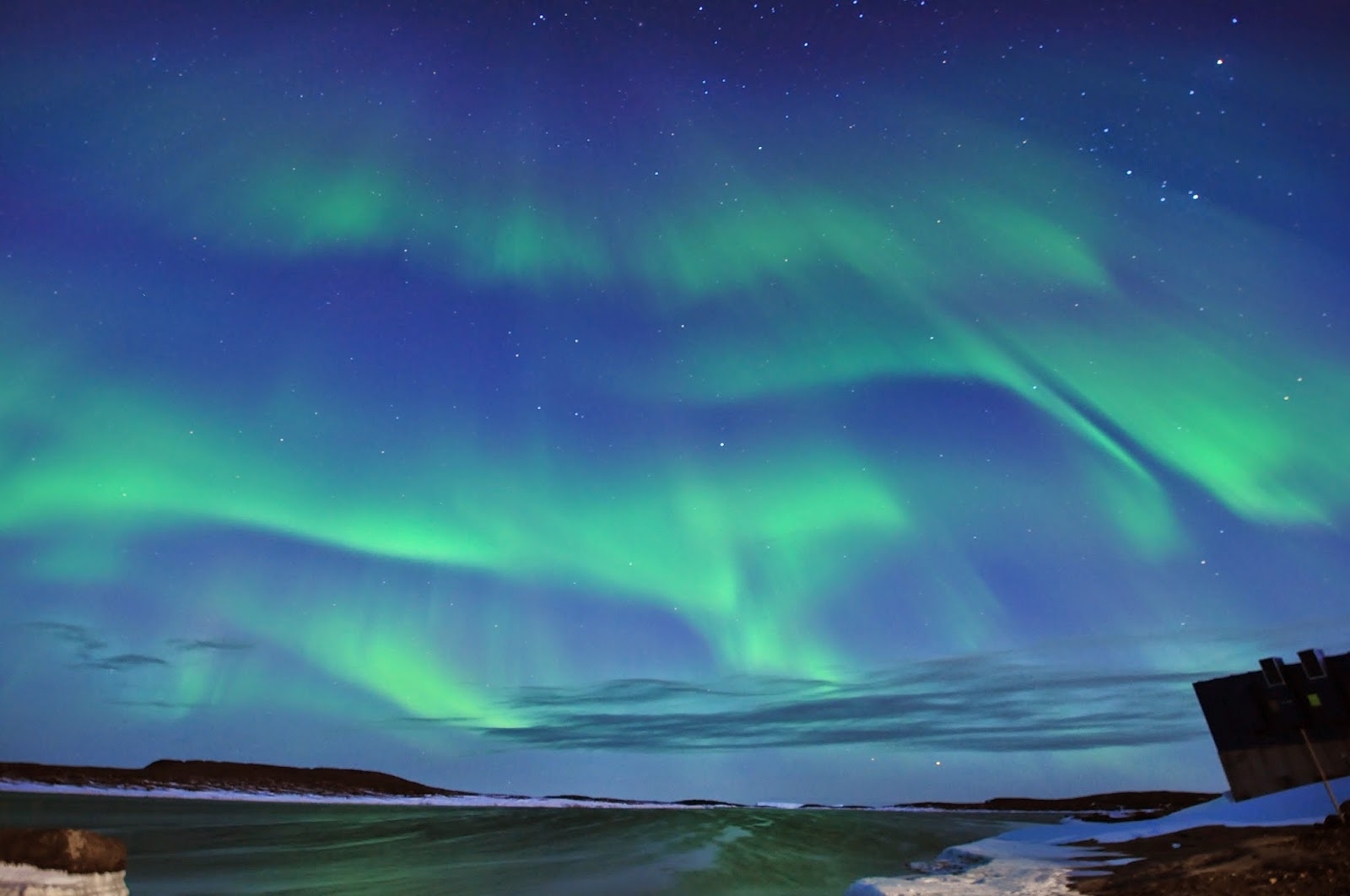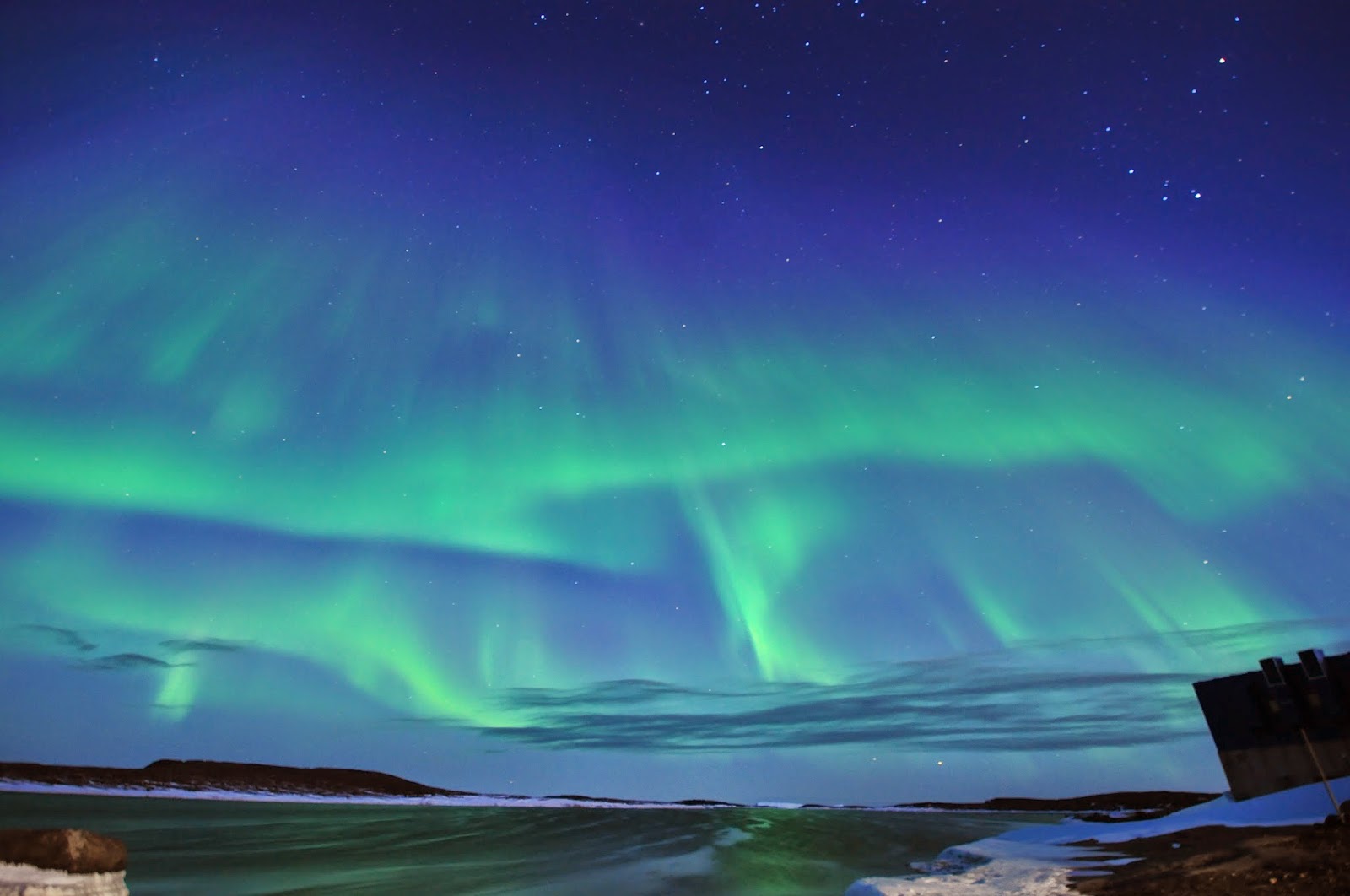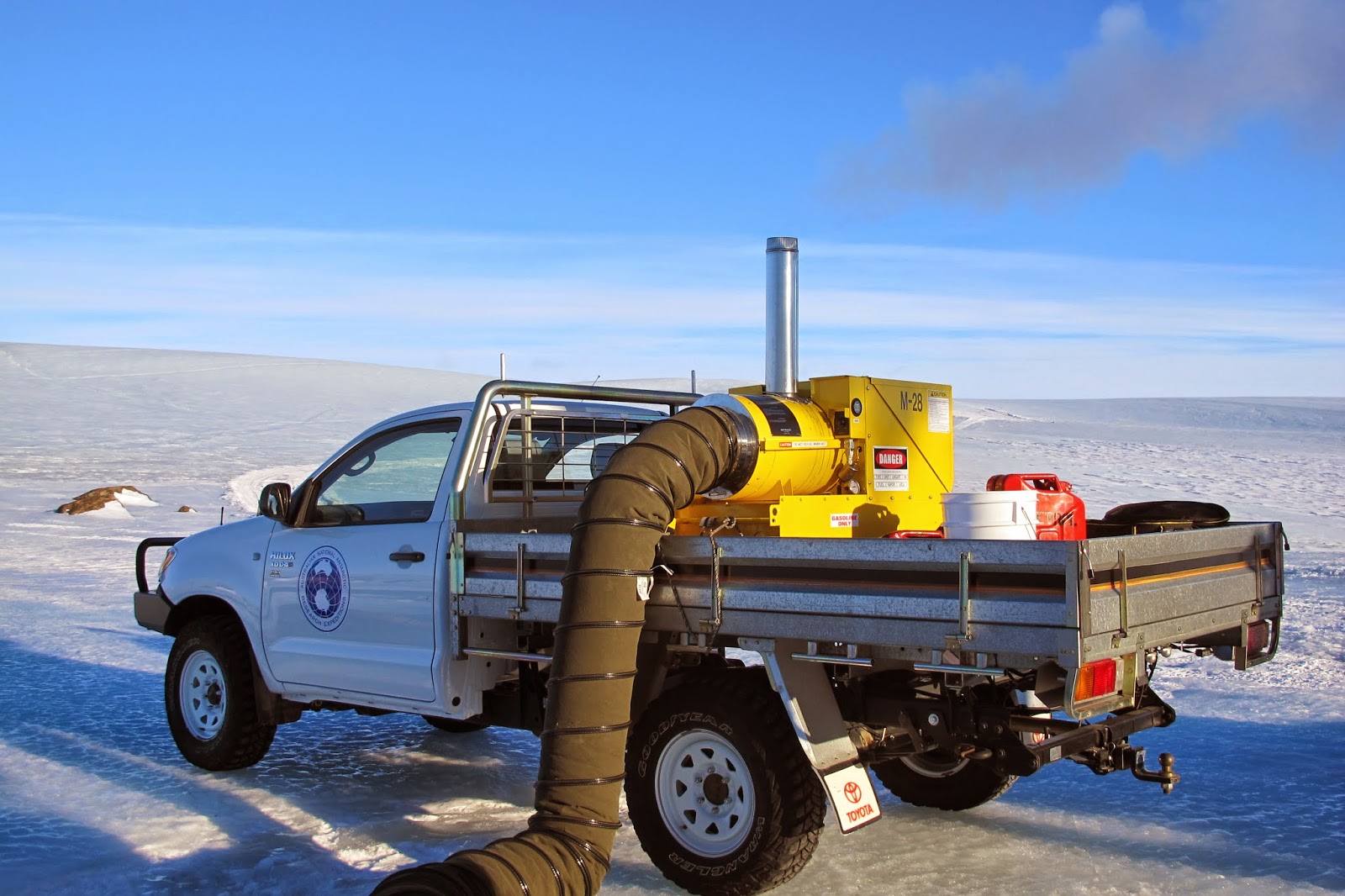Last weekend several of us had planned to travel up on the glacier, as much to explore as to have a change of surroundings. As we are only a small community of fourteen we are somewhat limited in when we can actually be off station. Logistically we have to consider rosters such as the ER team (emergency response), slushy, Saturday duties etc. Along with this we have to consider other programs that may be planned for the same time. My escapes are restricted not only by the fact that I am leader of ERT Two, but also that we must have one plumber on station at all times. The maximum number of personnel off station at one time is limited to seven, just to add complication.
Luckily everything lined up in our favour and Saturday morning saw us scrambling around frantically organising food, our survival packs, alcoholic beverages etc along with fuelling up the Hagg (see the photo's to discover what this is) in order to make our get away at the earliest opportunity. Finally the wind dropped below the required 30 knots at 1pm and we were on our way.
 |
| The Hagglunds. Kind of like an Antarctic SUV. On steroids. |
Rumdoodle Hut was our destination. This is a great little hut that sleeps six (at a squeeze) and sits below Rumdoodle Peak in the North Masson Ranges. The trip for me was about experiencing glacier travel in a Hagg, along with visiting a part of the ranges I've not been to before. The Hagglunds are quite awesome to drive. They can literally go anywhere, with a turbo diesel power plant that has HEAPS of horsepower. I'd love to bring one home to use as a hunting truck. The only thing stopping me will be the $300,000 price tag, and the fact they are only producing them to be used for military applications now.
 |
| What a beast. |
The drive up was as much fun as I expected. We arrived at the hut in no time at all and then carried on to a peak known as Fearn Hill, which has a couple of small frozen lakes at its foot. A couple of hours was spent here exploring and taking photo's of all sorts of scenery and unusual features in the ice. It seems like every place you visit in this crazy continent has something different to offer. This location presented evidence of dust storms from who knows how many decades or centuries ago. These form layers in the ice which create sweeping lines as the ice flows along and around obstacles ever so slowly.
 |
| Painted Peak. |
The next day dawned after a few rums (what else would I drink at Rumdoodle...), and not such a sunny day. The majority decision was to lay around the hut for the day relaxing before beginning our journey home. A great opportunity to unwind and get to know my two fellow travellers a little better.
Anyway, they say a picture is worth a thousand words, so I won't ramble on any longer.
Enjoy the photo's. In case you didn't realise you can click on the photo's and view them in a bigger format.
I.G.
 |
| Looking back at the North Massons, Hagg in the distance. |
 |
| A frozen lake, with the layers of dust evident in the glacier ice. |
 |
| Evidence of ancient dust storms. So I'm told.... |
 |
| WTF?? |
 |
| OBO (old bearded one) drives the Hagg. |
 |
| Looking out over a frozen sea at the end of the journey home. |
 |
| Fearn Hill. |









